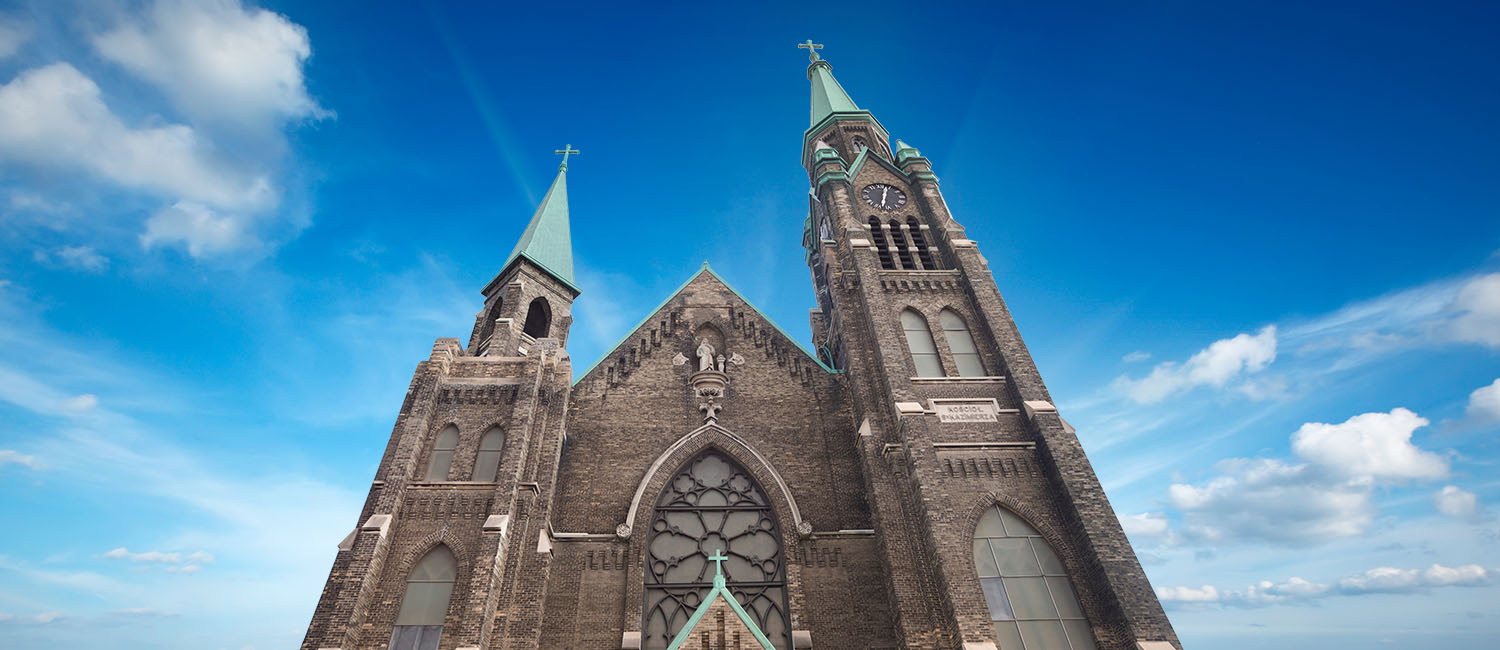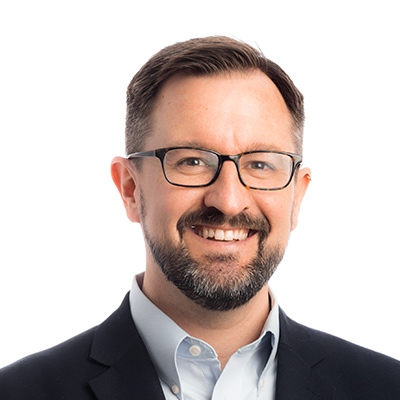
Telling the histories of local churches
Every day, Christopher Cantwell walks to his UWM classroom from his neighborhood home, appreciating the rich tapestry the area provides for someone in his line of work. He’s an assistant professor of history who specializes in religious history, and his daily commute sparked an idea.

The UWM neighborhood houses no fewer than five churches and religious facilities serving congregations that aren’t the buildings’ original tenants. Cantwell teaches a class on research methods in local history, and he wanted to explore the stories of such congregations as part of his course.
His students jumped at the idea. “Once you tell them you’re doing something real,” Cantwell says, “they get really engaged.”
Students paired off and started researching churches near UWM and farther afield, and the congregations were excited to participate. Students interviewed current or former church members, dug through archival records and made field recordings evocative of the churches. For one congregation, St. Casimir Roman Catholic Church, students chronicled a fun gathering at a nearby bowling alley. “Finding such unity at a bowling league was unexpected,” Cantwell says.
In addition to St. Casimir, histories were created for Plymouth Church to the east of campus, Congregation Emanu-El B’ne Jeshurun, Epikos Church, the Chinese Christian Church, and Calvary Presbyterian. The project also included histories of two churches that dissolved: the Blessed Virgin of Pompeii Catholic Church, which was demolished in 1967 to make way for I-794 in Milwaukee’s Third Ward, and Westminster Presbyterian, which sold its building to Epikos in 2009.
So far, two classes have contributed to the research, which is being compiled at the webpage uwm.edu/gatheringplaces. It features an interactive map, church timelines, photos and other multimedia materials.
Cantwell plans to continue the project, and for the next wave, he’s trying to find churches in smaller or more marginal neighborhoods. He hopes to add to the webpage year after year and make it a living archive of Milwaukee’s religious diversity.